Empire estate: Volvo V90 Recharge
This plug-in hybrid is a fine blend of capabilities. It’s a classy, handsome and understated sort of thing, entirely in line with its traditional values, writes Sean O’Grady. A respectable end-of-an-era model, as both estates and saloons are phased out to make way for 21st-century SUVs

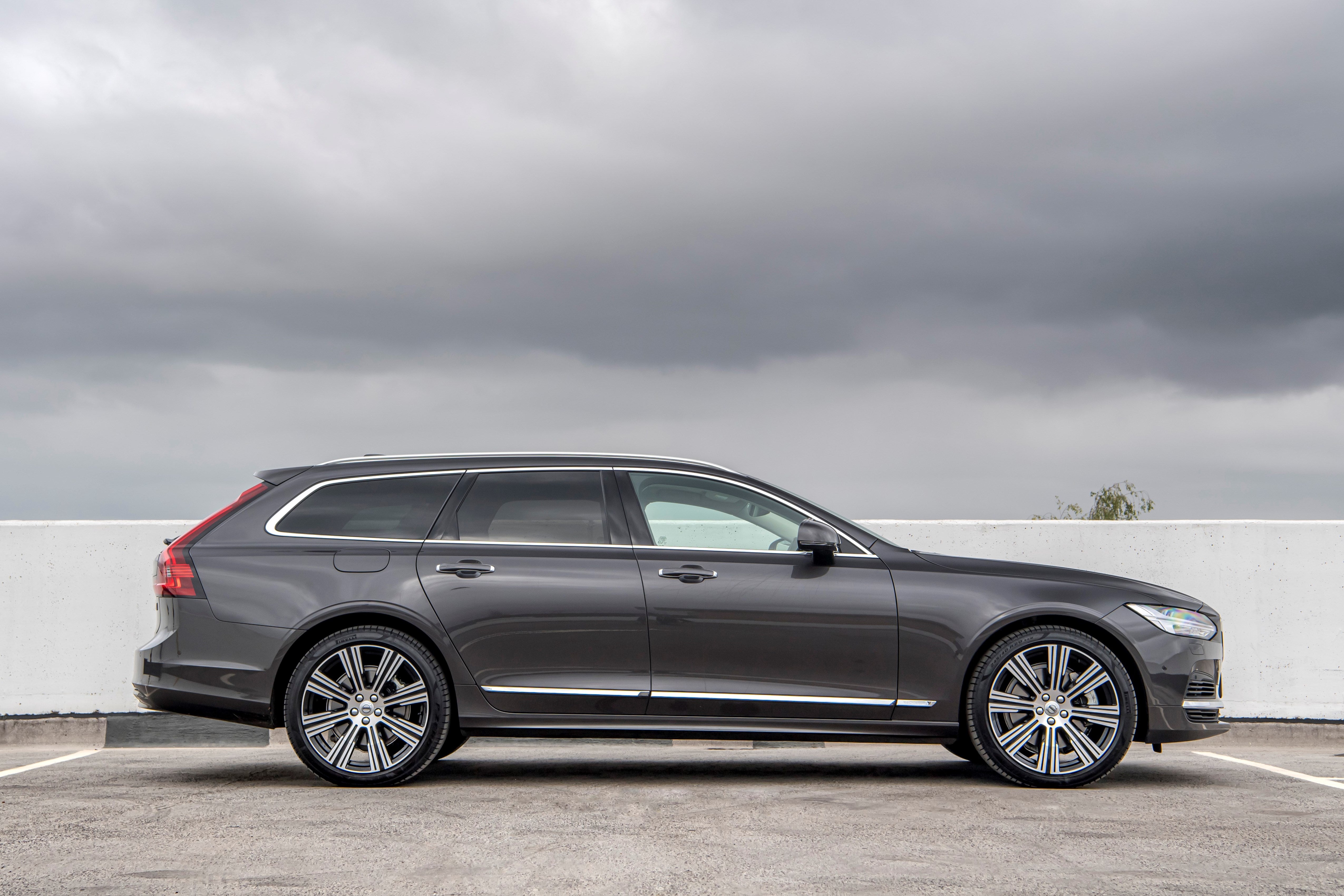
Volvo estate. Rarely has the automotive world generated such an evocative couplet. Baby Fiat; MG Roadster; VW Campervan – they’re all “things”, in the modern idiom. Not many, though. In the case of the Volvo, it summons up a whole aspirational lifestyle: part cliche, part ambitious, part to be envied, part to be despised...
Smug, built to last, driven by the upper-middle classes and, traditionally, bought and run for an average of 17 years (way beyond the norm, even in the old days), the car of choice for the progressive Social Democrat – rightly built in the social democratic paradise of Sweden, the safest thing on the road, functional, boxy and with such a capacity for bulky loads it was very much favoured in the antique trade.
I like to think of it as the kind of car Keir Starmer would own, and indeed the V90 is very much the Starmer of the car world – looks dull and feels reassuringly but surprisingly capable, and always civilised.
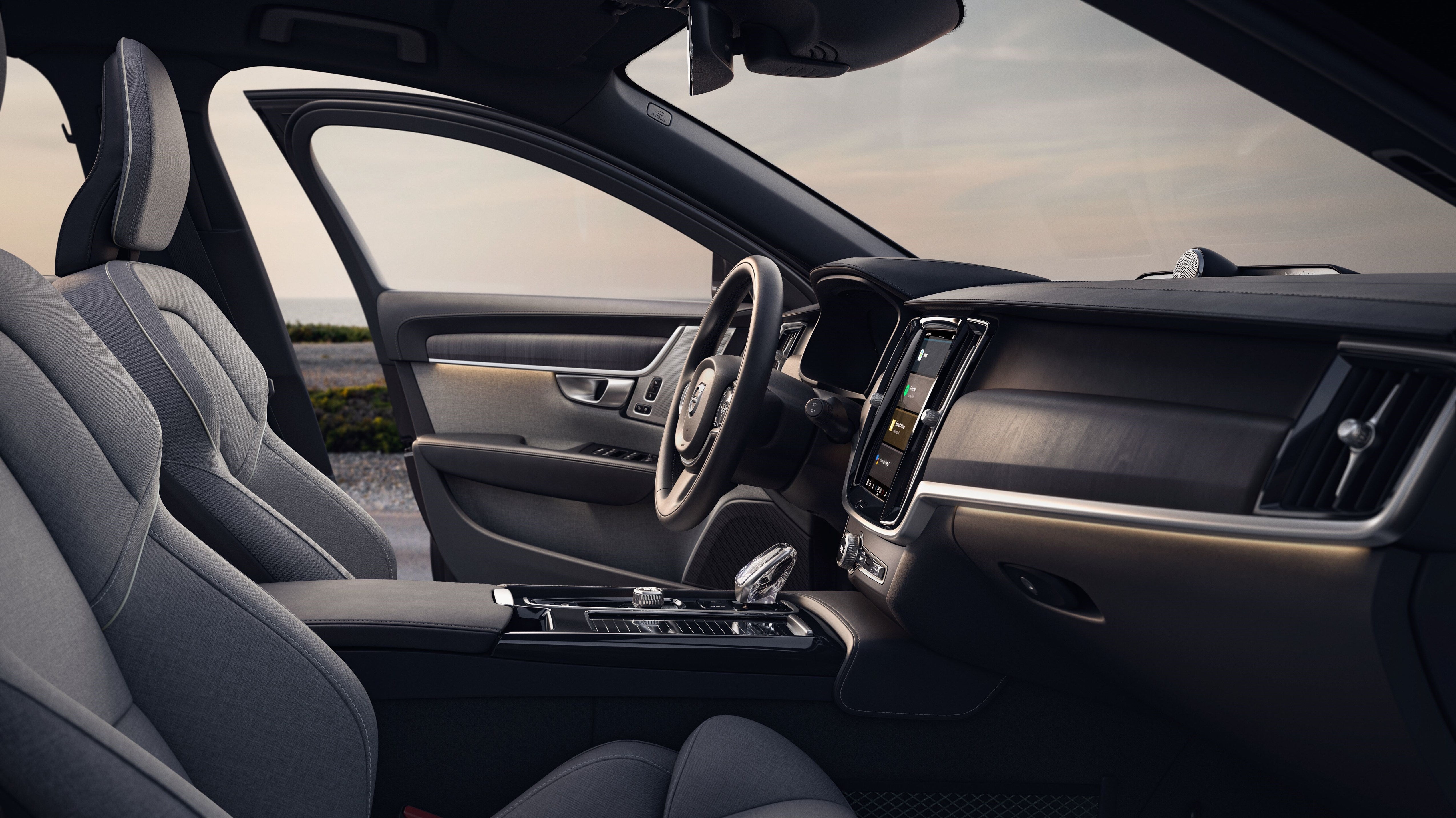
Now, though, the whole concept of the estate car has become rather antique, driven off the road by the rise of the SUV. Few manufacturers still bother with them, and now even Volvo, near synonymous with the breed, has decided that the estate has reached the end of the road. The big XC90 SUV survives its sibling, soon itself to be replaced by an all-electric version, EX90 (prices from £95,255 by the way) as Volvo continues its journey to full electrification. The S60 and S90 saloons are also being phased out, leaving just the SUVs to carry the marque into the second quarter of the 21st century.
The Volvo estate cannot go unmourned to that great antiques fair in the sky. So, I borrowed the last estate left on the Volvo UK press fleet to remind myself of why they were, and remain, such wonderful cars.
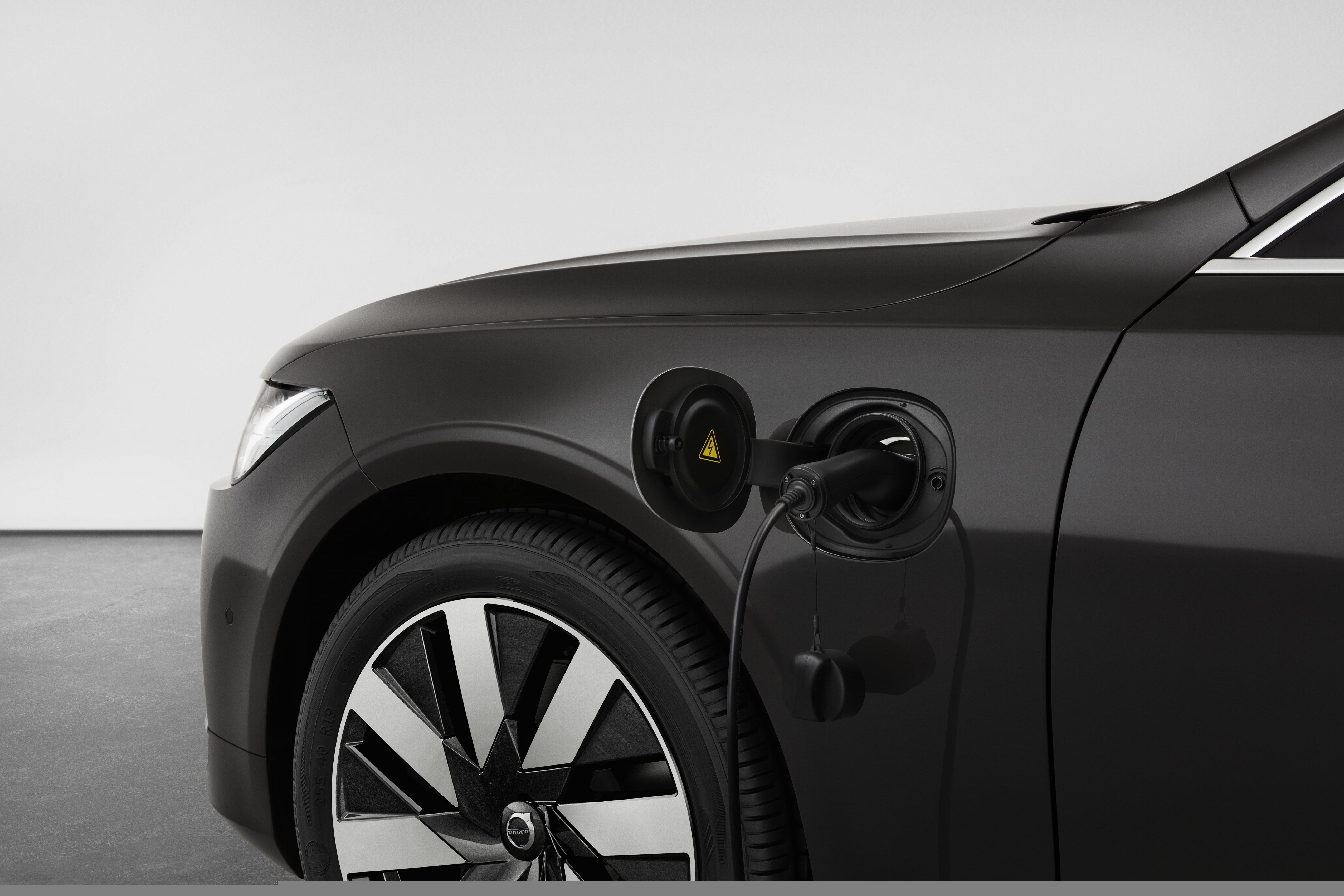
The last of the line in this case is the bigger of the two versions – the V90 in plug-in hybrid form, with a petrol motor (the diesel estates all perished some years ago). Hopefully, wherever it finishes up, it will enjoy as long and useful a life as so many of its predecessors.
I’ve driven a few of these before, and always found them a fine blend of capabilities. Even now, almost eight years after its launch, and not much changed, it’s a classy, handsome and understated sort of thing, entirely in line with its traditional values.
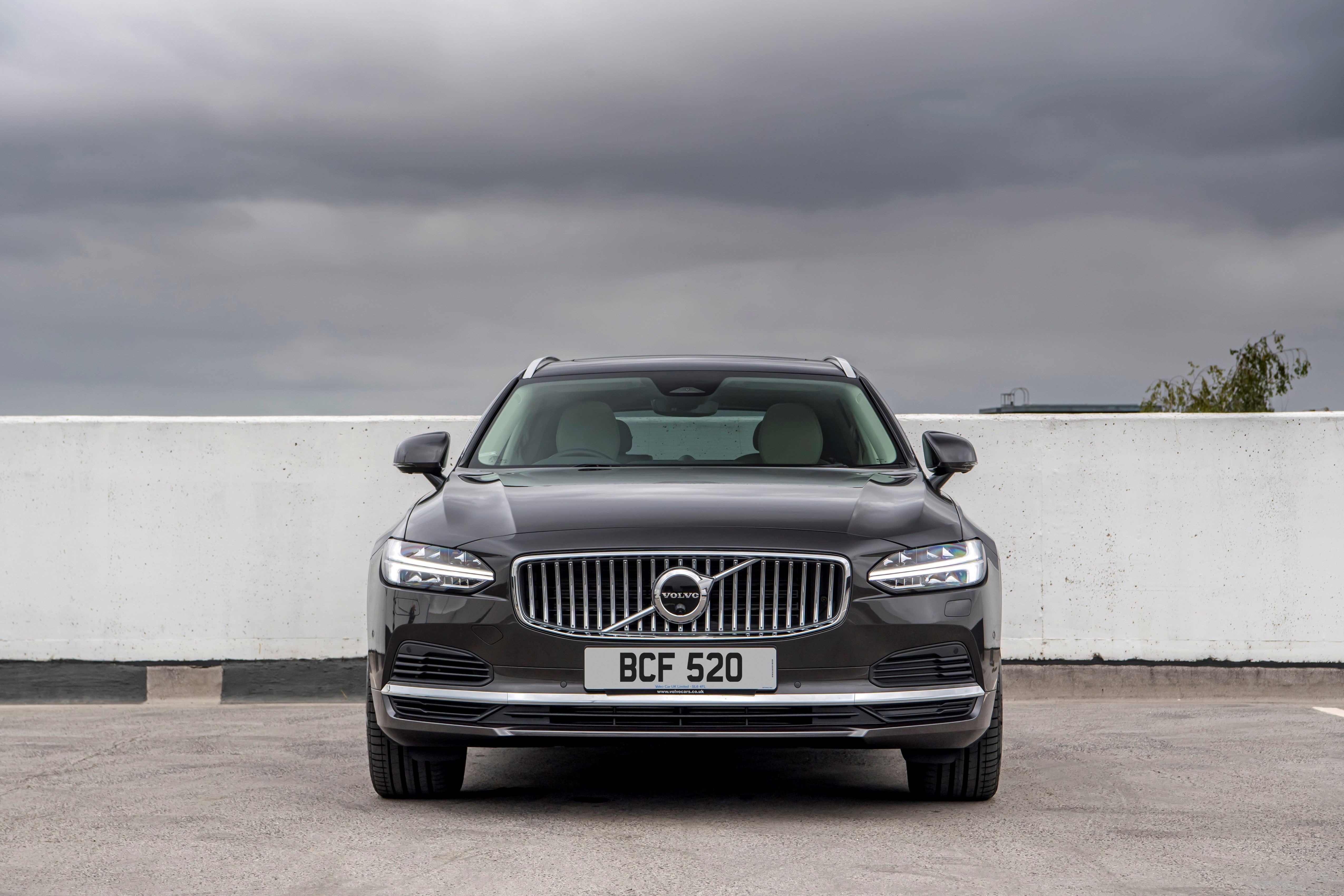
Latterly, Volvo have grown more conscious of their design heritage, so the V90 was given the familiar “shoulder” that was first glimpsed in its 1960s and 1970s predecessors, and runs along the whole of the flanks, right up to the tail lights, which follow the curve as a kind of night-time brand signature.
THE SPEC
Volvo V90 Recharge Plug-in Hybrid T8 AWD Ultimate
Price: £72,815 (as tested; range starts at £50,315)
Engine capacity: 2.0l petrol, 4-cyl, 1-sp auto + elec motor
Power output (no): 310 (petrol) + 145 (electric)
Top speed (mph): 112
0 to 60 (seconds): 4.8
Fuel economy (mpg): 246.5 (incl some all-electric use)
CO2 emissions (WLTP, g/km): 25g (incl some all-electric use)
It’s boxy, but not as extremely so as was the fashion in the 1980s when the Volvo Estate was nicknamed “the brick”. The grille has the famous Volvo insignia but is more highly styled than its shovel-nosed predecessors in the 1970s, labelled unkindly but appropriately as “snowplough”.
They weren’t all sluggish either – the classic 850 T-5R for example was the fastest “brick” on earth, and the motorway police always liked the combination of pace and space.
No, the V90 isn’t a fashionable shape right now, it’s not a proper battery-electric car, and it lacks the most up-to-date tech, but it is still competitive and supremely tasteful.
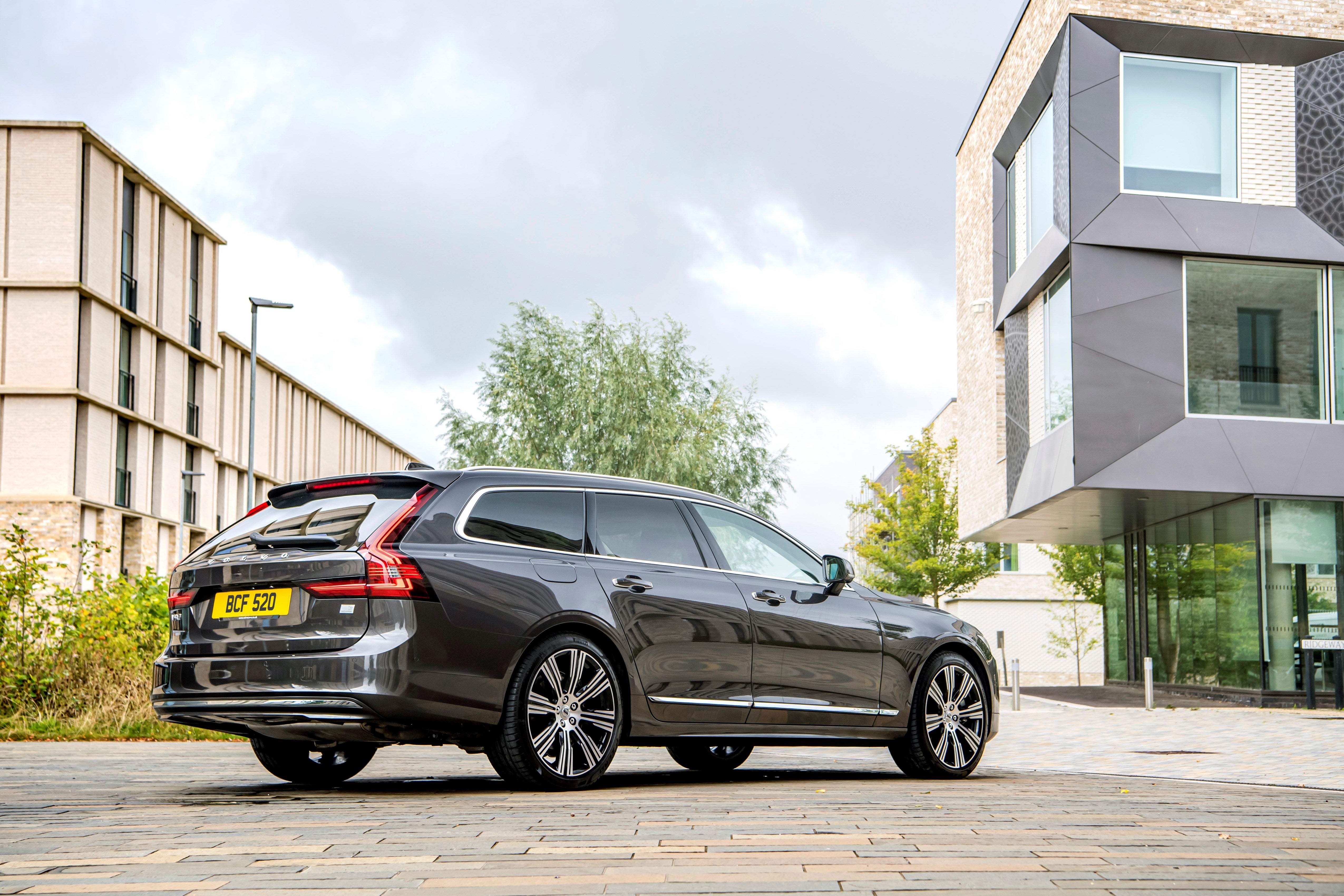
The interior features wool and matt-finished wood with what was a Volvo trademark for years – a properly proportioned vertical touchscreen married to plenty of old-school knobs, switches and dials. So even in a vehicle that can trace its origins back almost a decade, you get Google voice assistant, a well-designed steering wheel and dash controls, and driver assistance that must make this one of the safest Volvos to travel in.
The plug-in hybrid, as with all such designs, works best primarily as a regular short/medium commuter vehicle with occasional long-distance use. That means that you can use the plug-in fully electric mode for a round trip of say 35 miles, to make the most of the battery and electric motors fitted to the car – at cost and extra weight.
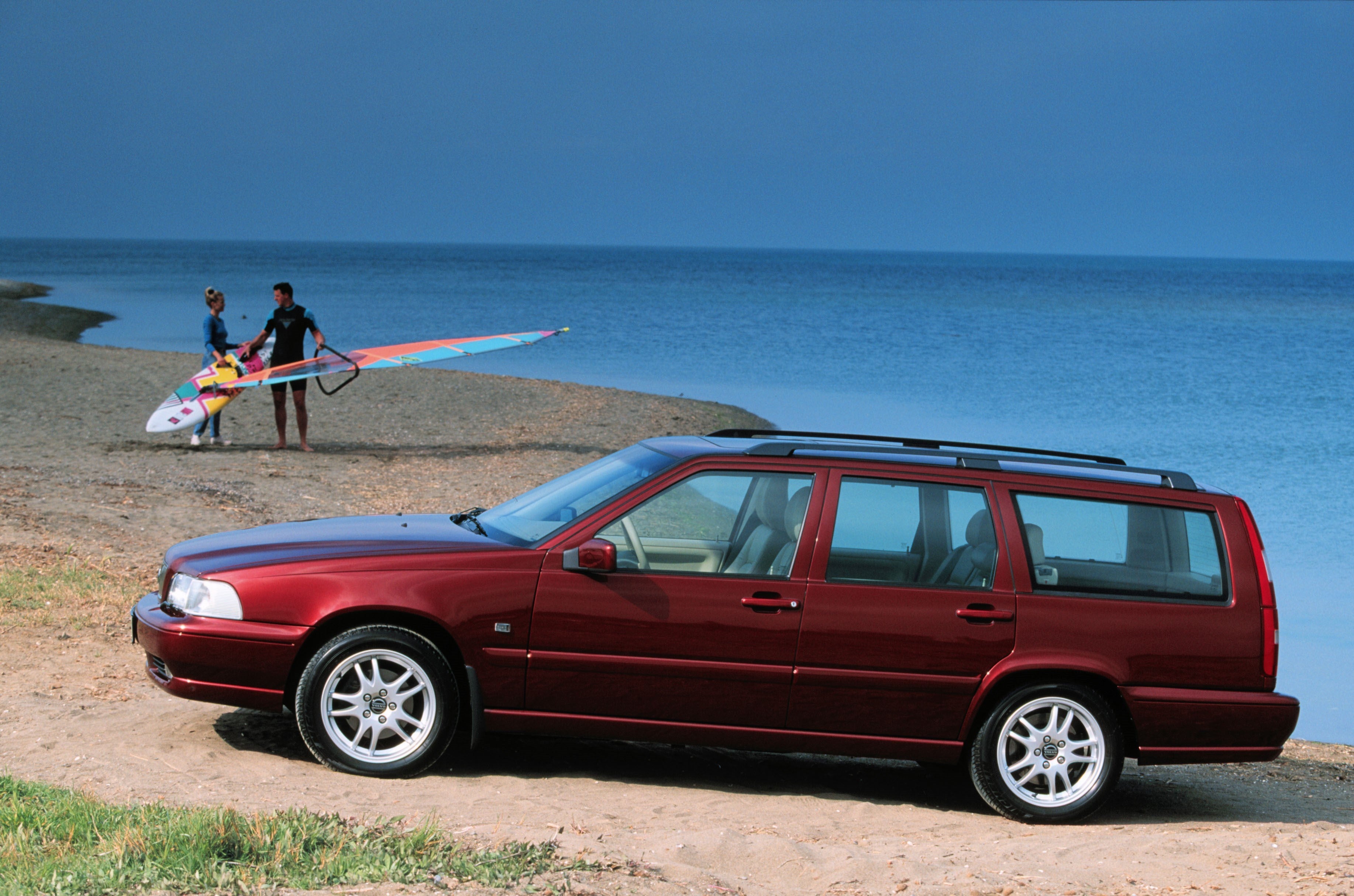
With electric power drained you’ll see about 35mpg out of it, which is fine if you’ve made the savings by using it with a zero-emission, zero-noise, low cost electric power. (The last petrol and diesel-only models were withdrawn in 2019.)
On the plus side, the combination of electric motor and internal combustion engine endows this dear old estate with excellent performance – less than 5 seconds to 60mph, but combined with the kind of waft you associate with a proper limo, and all the more secure with its all-wheel drive system. The clear crystal-style lever for the automatic gears completes the feel-good interior.
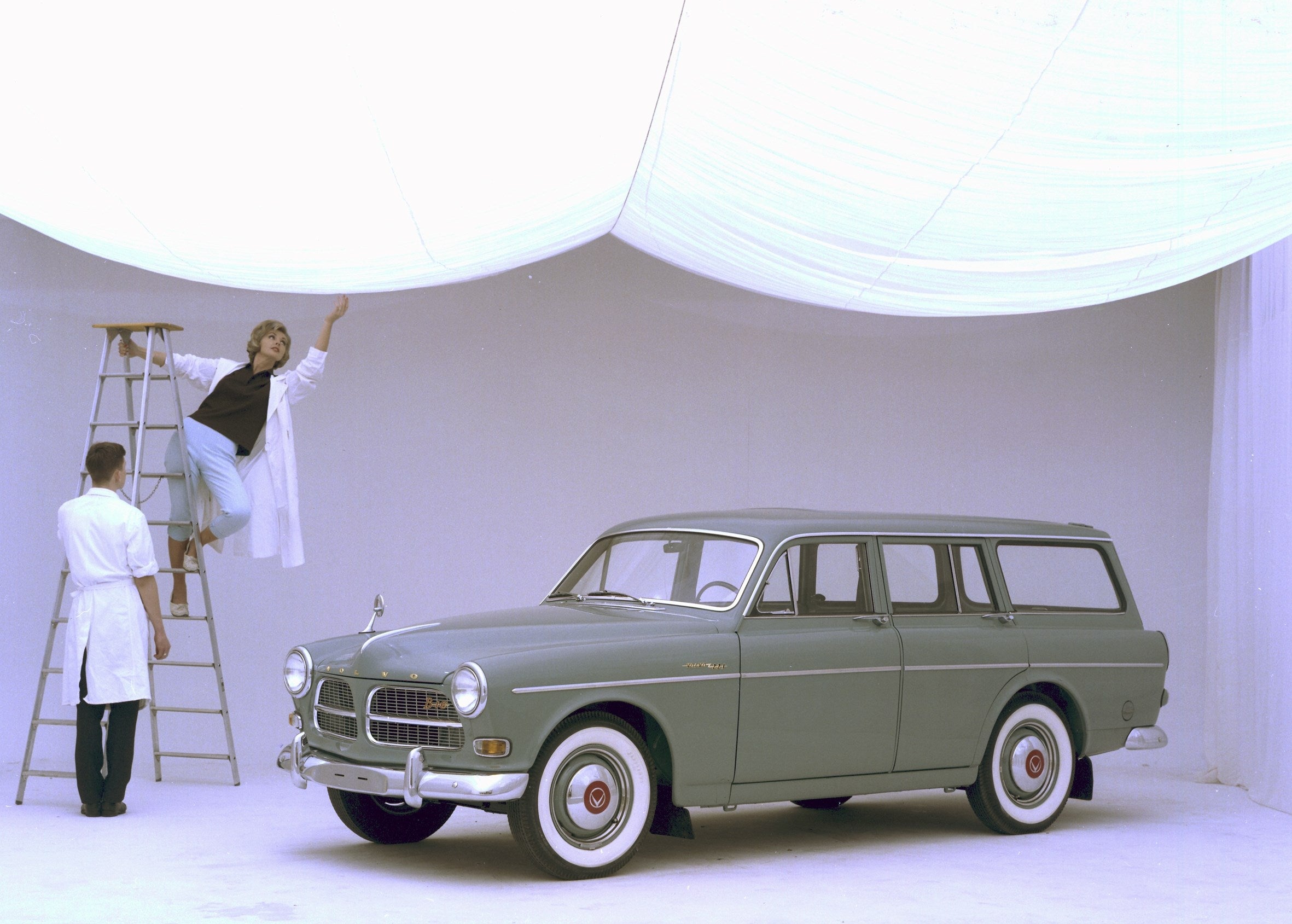
Of course, as an estate I had to test out its load-lugging capabilities in appropriate style, so first stop was the nearest branch of Waitrose – always a fascinating place to be. When I returned to the car park with some bourgeois groceries – organic tofu, obvs – I was momentarily confused because parked nose-to-nose was another V90, obviously in its natural habitat.
Had the conditions been right, like giant pandas, I suppose they might have mated. As you might also expect, the subsequent destination was IKEA, and some very tall flat packs were swallowed with some ease, albeit with the front seat pushed forward a little. The heated seats and steering wheel kept me nice and “mys” as they say up there in Scandiland.
So, we should miss the Volvo estate, and its demise is all the more poignant because it’s just over 80 years since the very first Volvo estate car was launched, based on the solid but awkward-looking PV445, Volvo’s first post-war design. It was marketed as the Duett because it was dual-use transport – a working car during the week, and a family car at weekends.
Join our commenting forum
Join thought-provoking conversations, follow other Independent readers and see their replies
Comments
Bookmark popover
Removed from bookmarks